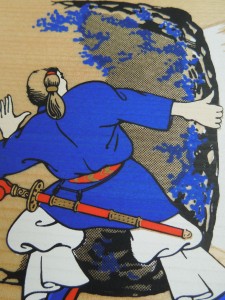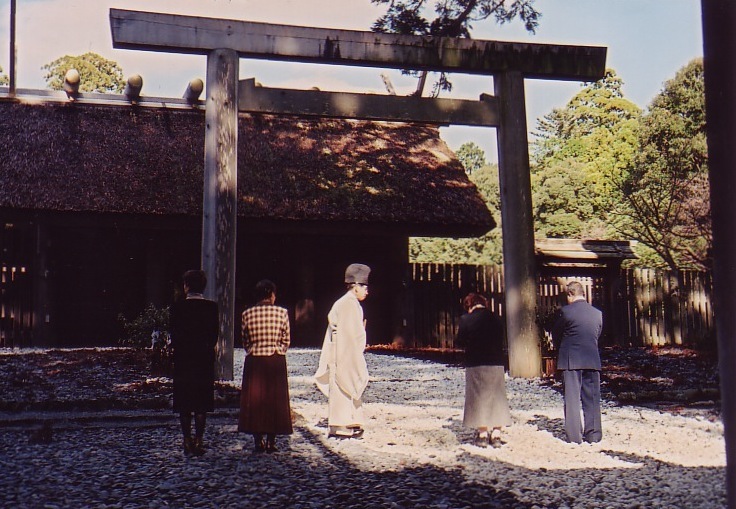The end of the world appears not to have taken place after all, as Mayan freaks suggested, but symbolically with the winter solstice today the death of nature is taking place. So commiserations and congratulations are in order. The king is dead; long live the king!

Opening Amaterasu's rock cave to relight the world with warmth and sunshine - a symbolic recreation of the winter solstice
Death and rebirth appears to be the basis of religion everywhere, based on early man’s observation of the cycle of nature. Personified it became Jesus, or Amaterasu, or any other of a host of immortal figures. They speak to a profound desire in mankind to transcend death.
One way to deal with the fear was to imagine a form of life after death. But another, and to my mind a much more mature way, was to see the individual as part of a greater flow. Trees die, but the forest lives on.
The lack of concern with an afterlife is one of Shinto’s great virtues. The focus on this world leads to the ritual celebration of life on earth, and of its constant cycle of renewal. The twenty-year rebuilding of Ise Shrine, due to be completed next year, is a case in point, signifying a generational renewal. Despite the passage of time, the spiritual symbol remains forever revitalised.
For the northern hemisphere, the period between the winter solstice and the New Year is marked by a strong sense of death and renewal, which has been celebrated since ancient times by fire, jubilation and a determination to keep away the cold with high spirits – and spirit. At this moment of survival, the exciting possibility of new beginnings opens up before us. May I wish everyone accordingly the very warmest of season’s greetings!

Ceremony at Ise Jingu, where a twenty-year rebuilding programme symbolises decay and renewal

Leave a Reply